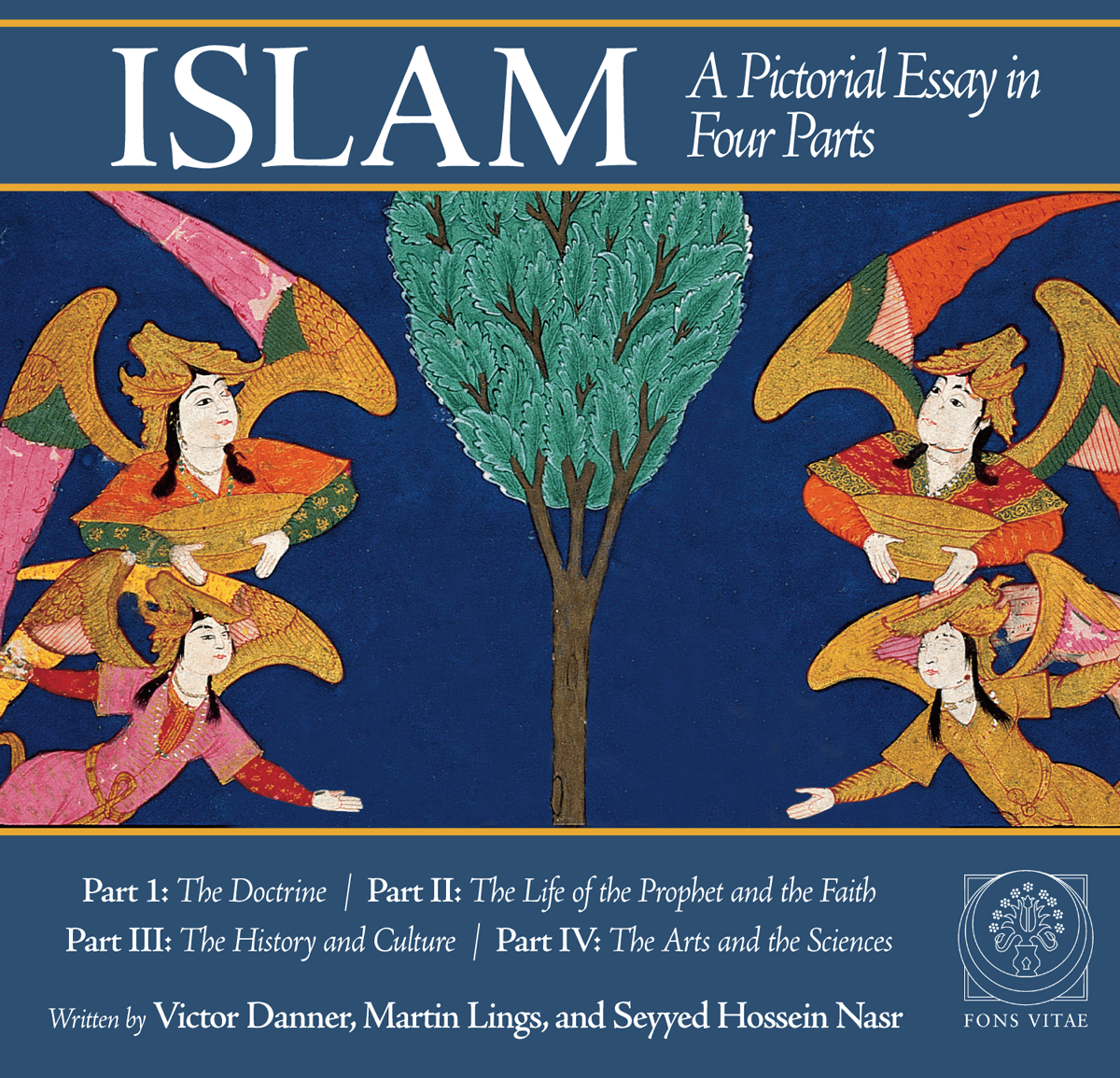Islam: A Pictorial Essay in Four Parts
$24.95
Only 3 left in stock (can be backordered)
This exceptional 90-minute video program on Islam aims at a high degree of accuracy and depth. It is outstanding for its quality, scope and beauty of presentation. This is one of the best audio-visual programs available on Islam. In ninety minutes, the viewer is able to gain a real understanding of the beliefs, culture and history of the Islamic world.
The video is appropriate for use in secondary school and university level courses, and is beneficial to anyone interested in gaining a better understanding of the Muslim world. It is highly recommended for those interested in Islamic art and culture. This video is used by students the world over and is required viewing for Teacher Training Centers in Religious Education in England.
Some of the most eminent scholars of contemporary Islam are responsible for the script. Foremost among them is the Grand Sheikh of Islam, Sheikh al Azhar, the late Dr. Abdul-Haleem Mahmoud, Rector of Al-Azhar University, Cairo. Other eminent scholars include: Dr. Martin Lings, retired keeper of Oriental and Arabic Manuscripts at the British Museum Library; Dr. Seyyed Hossein Nasr, former head of the Iranian Imperial Academy of Science and Philosophy, now Professor at George Washington University in Washington DC; the late Dr. Victor Danner, Arabist and Chairman of the Department of Arabic and Islamic Studies at Indiana University, Bloomington.
The text is illustrated with more than 300 slides of the greatest masterpieces in Islamic art and architecture, including illuminated Qur’ans, calligraphy, the great mosques and details from Persian, Turkish and Mughal miniatures in the manuscript collections of the Chester Beatty Library in Dublin, the British Museum, London, and the Freer Gallery of the Smithsonian Institute in Washington DC. Other photographs include important sites and subjects from all over the Muslim world, from the Philippines to Nigeria. The musical accompaniment was composed and performed especially for the video by Mr. Salman Shakur, the world famous Iraqi lute (òud) player.
